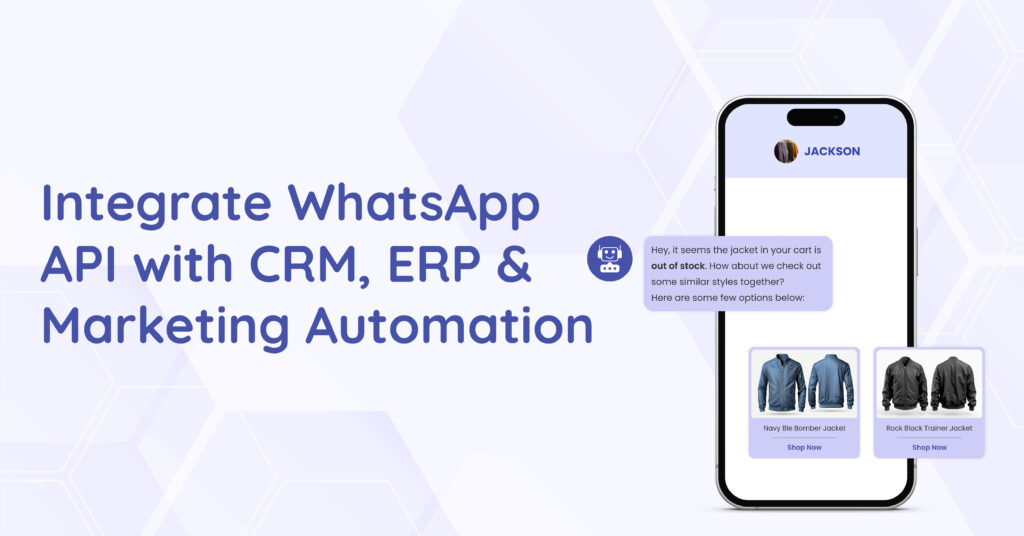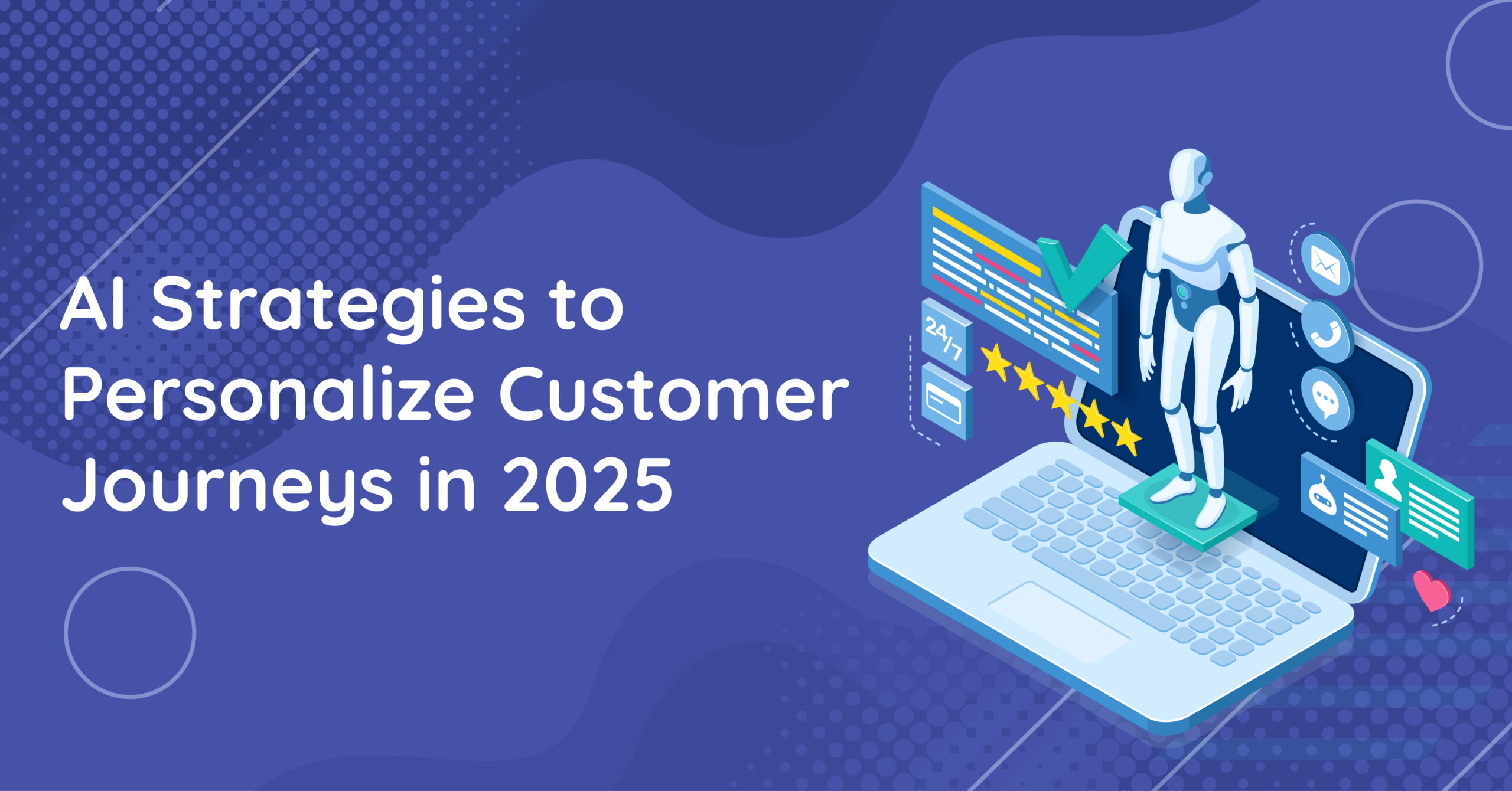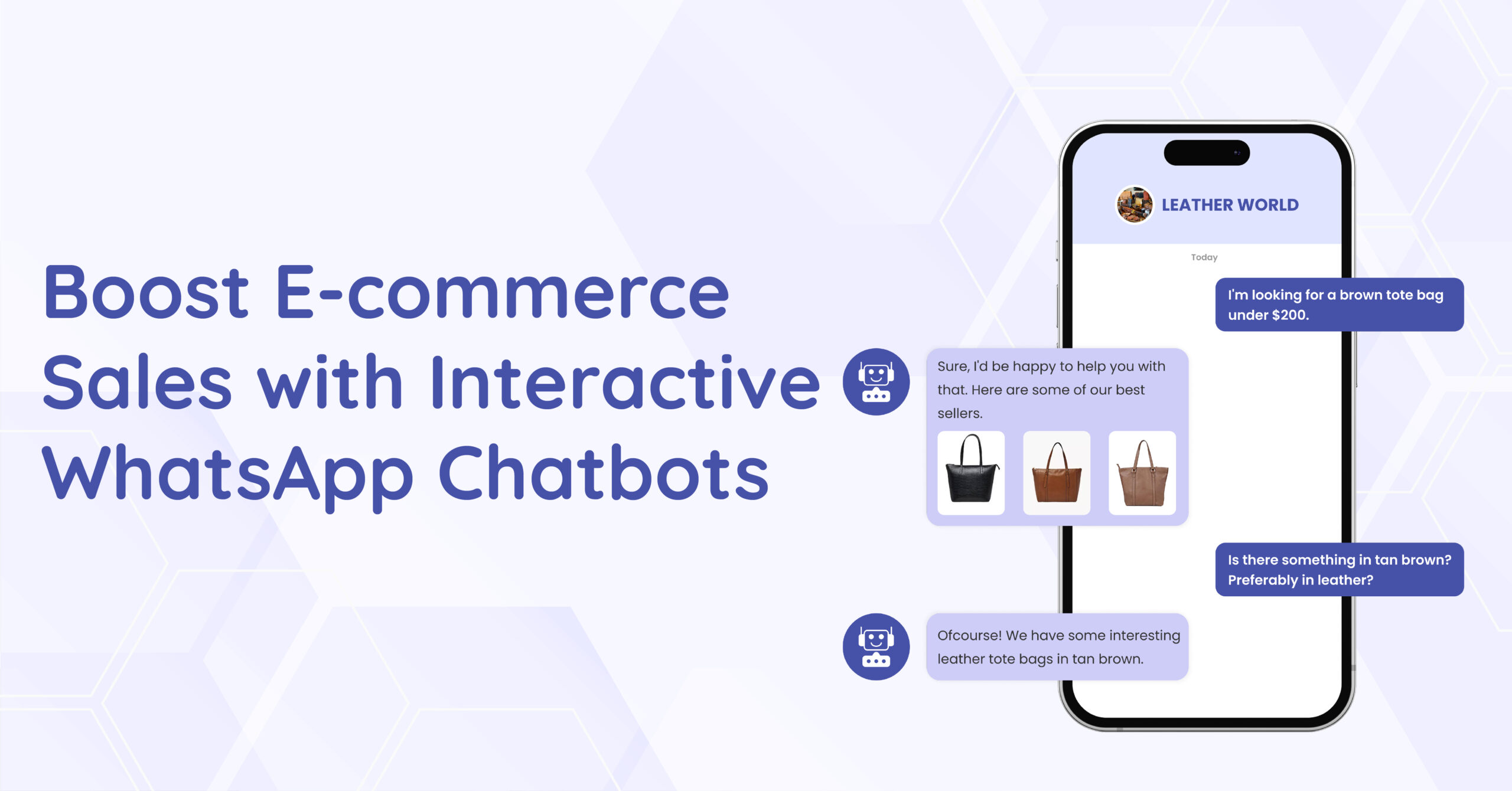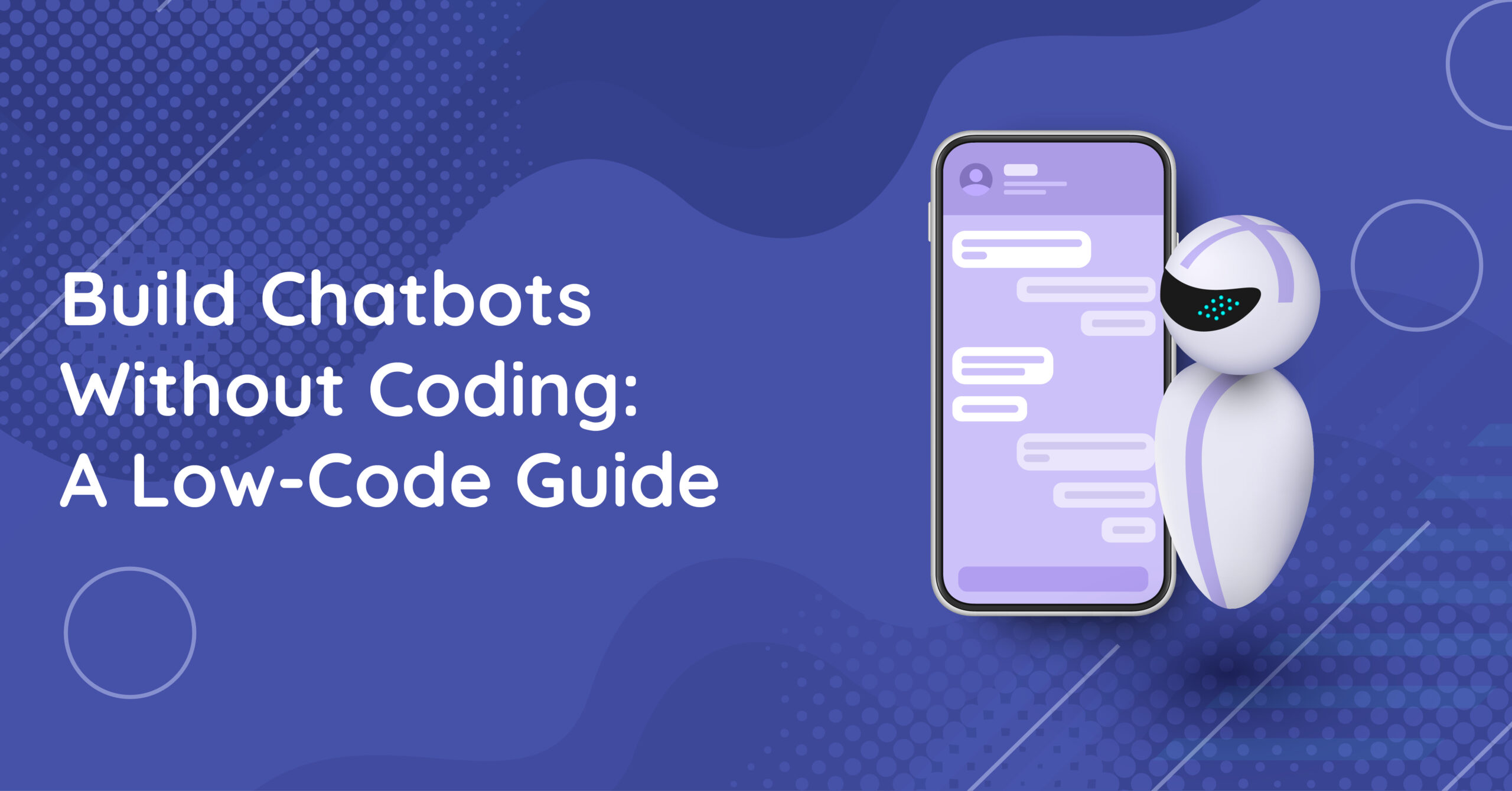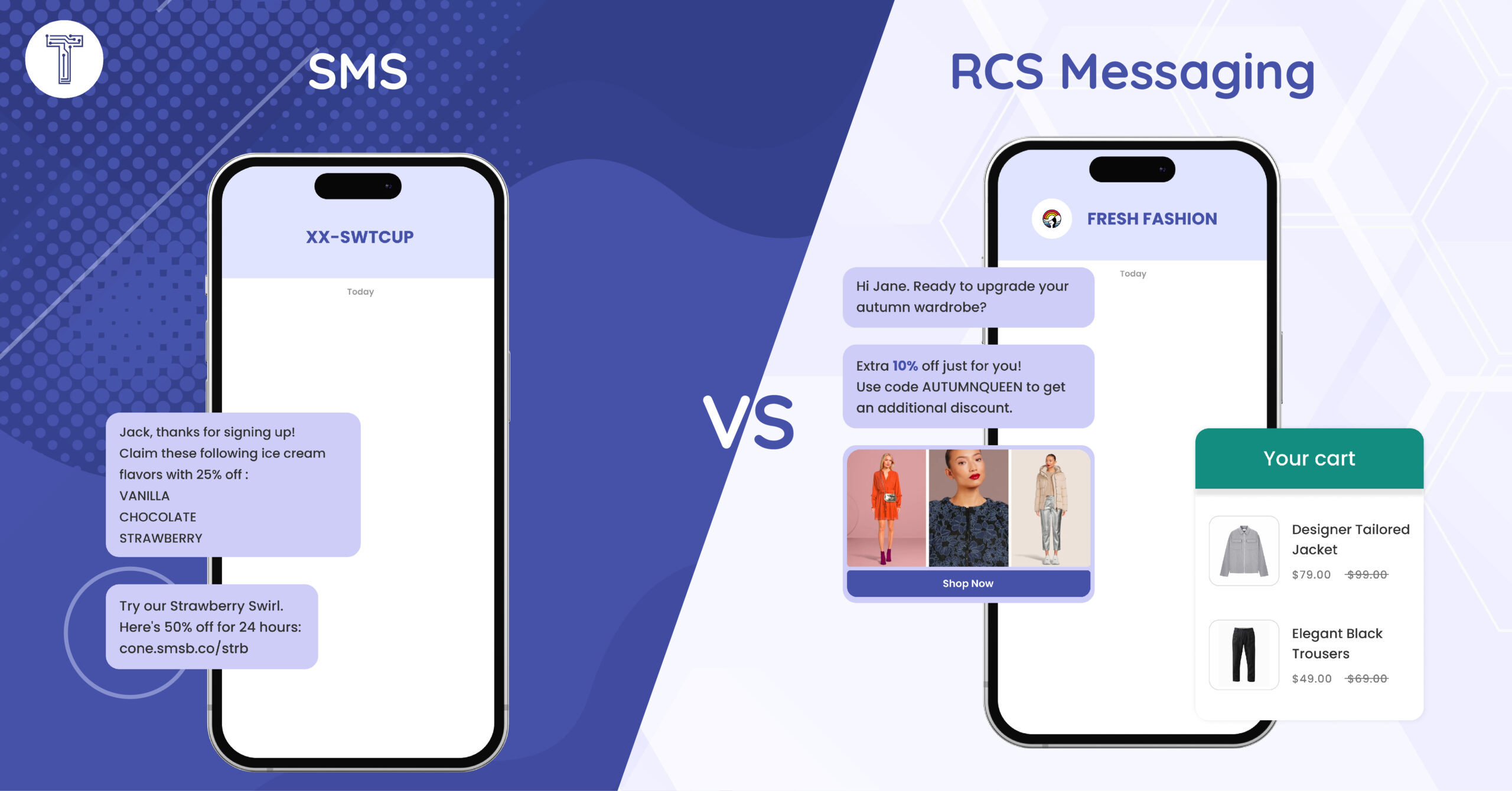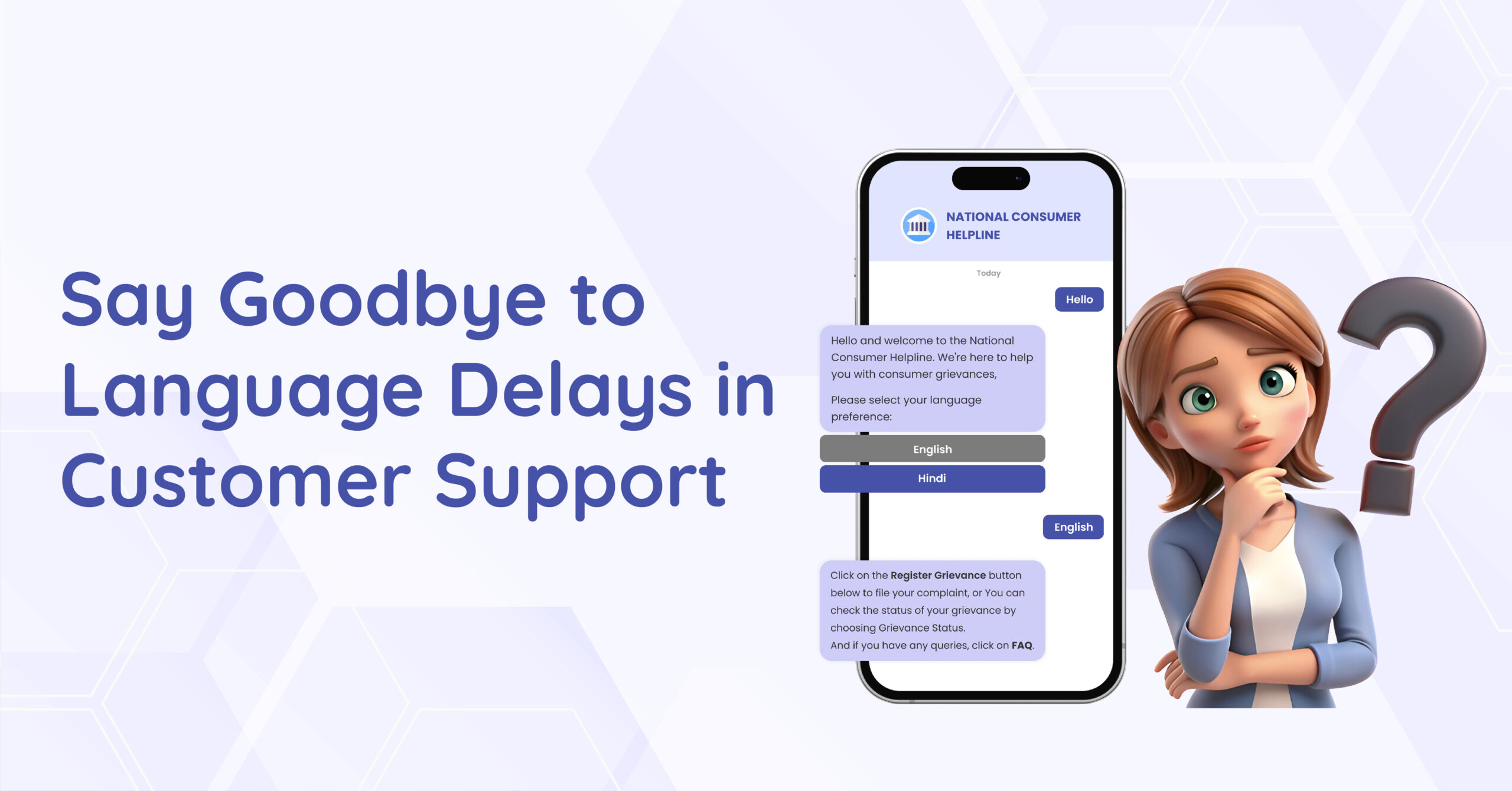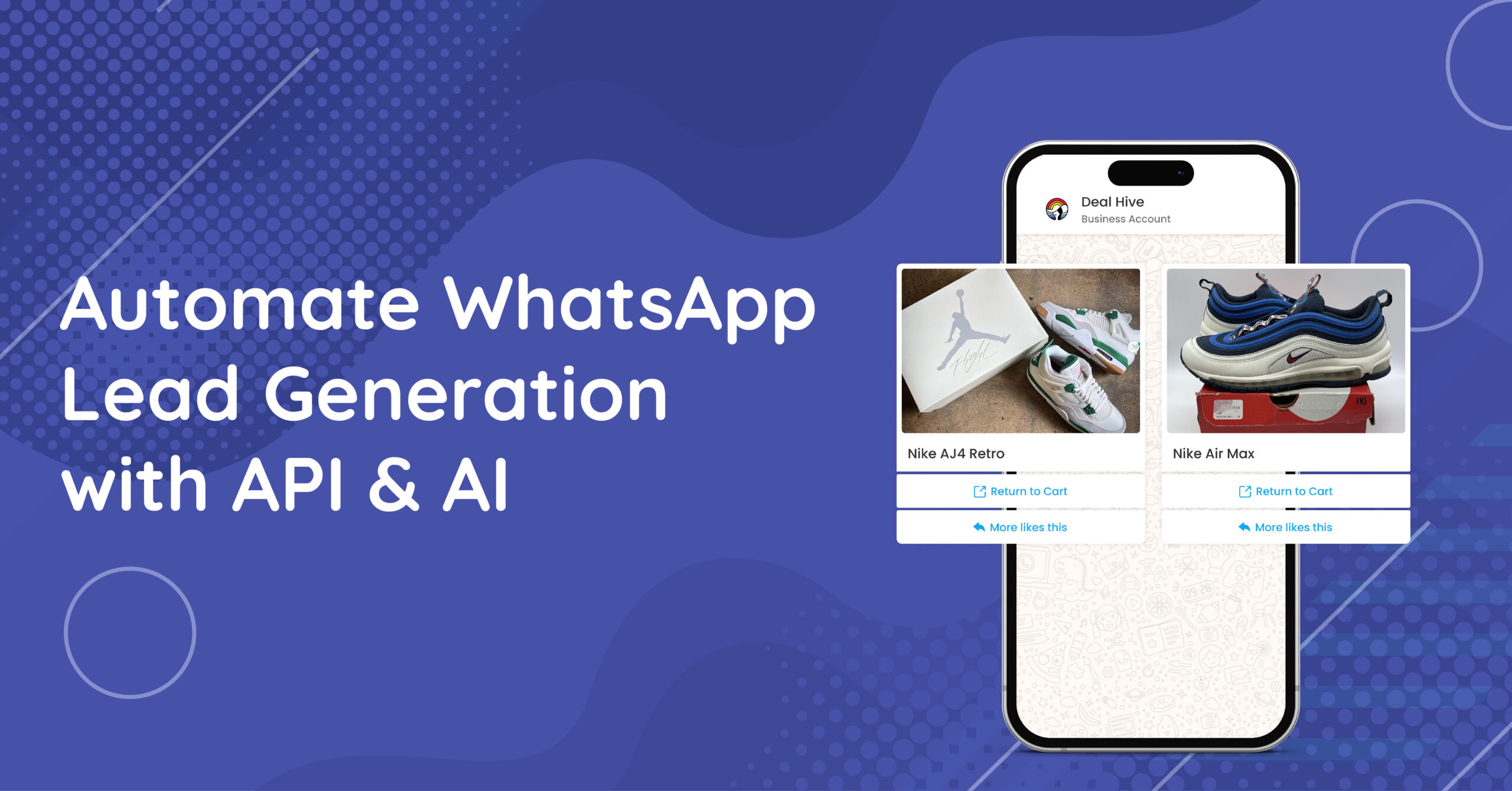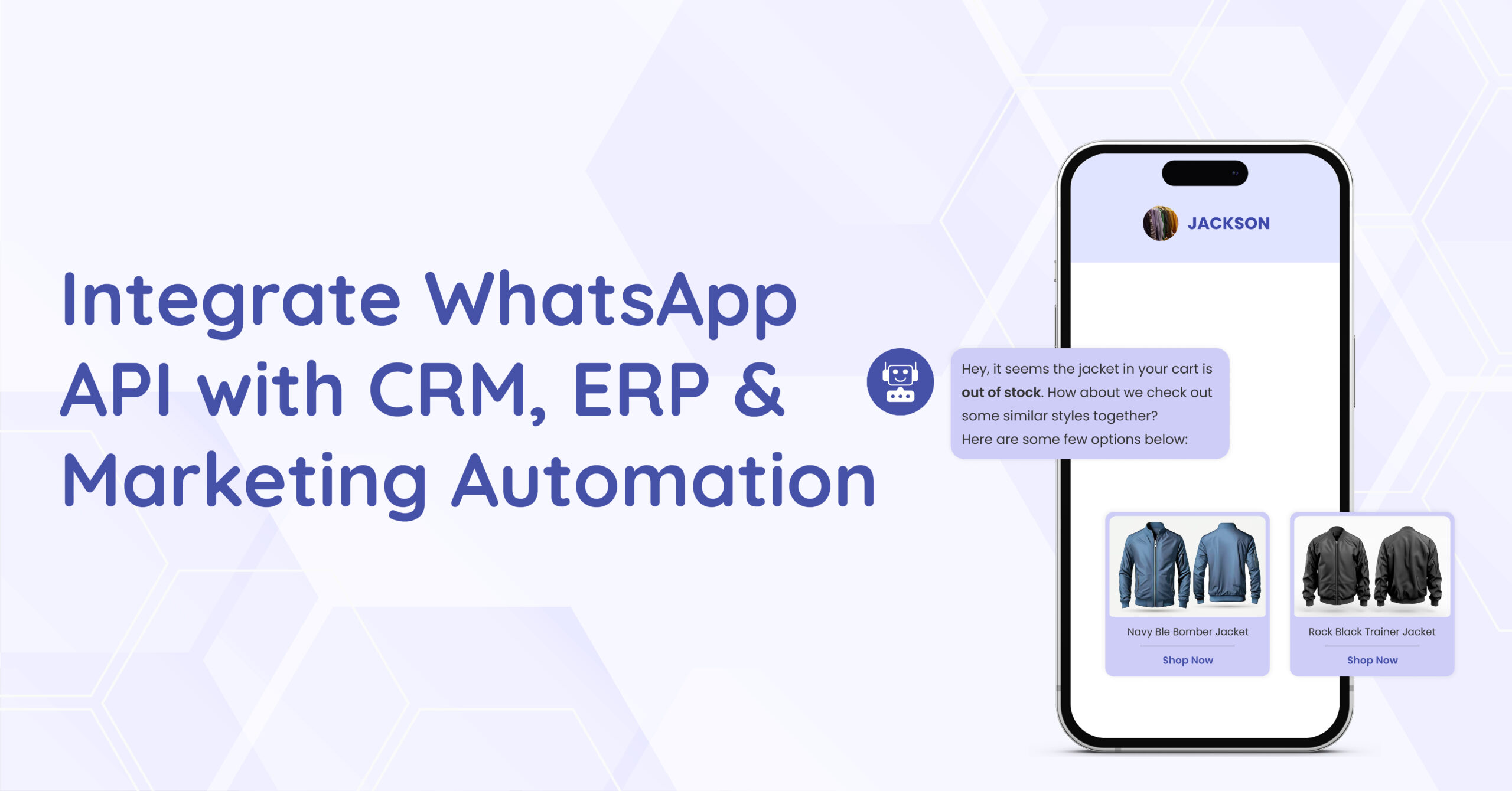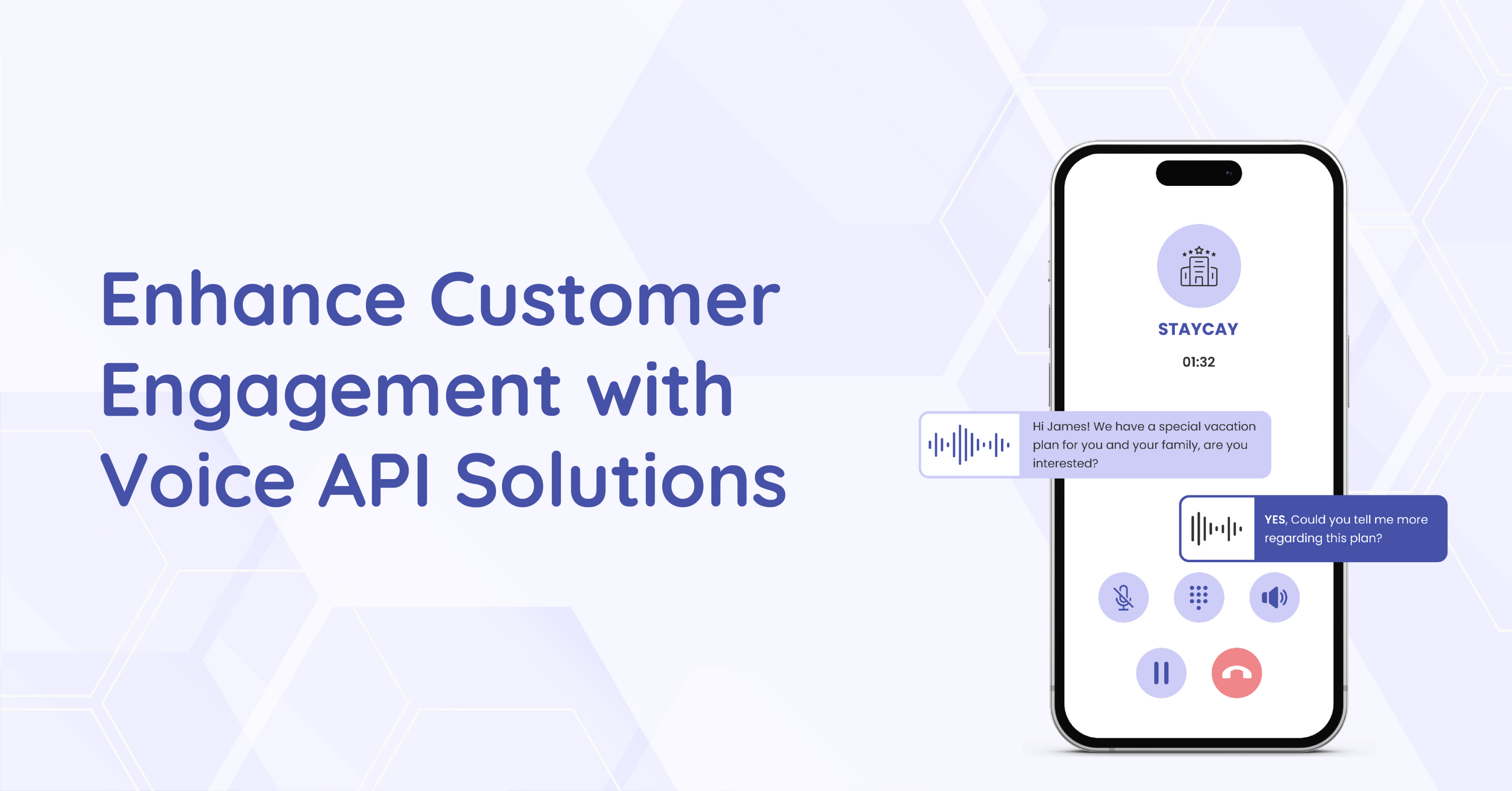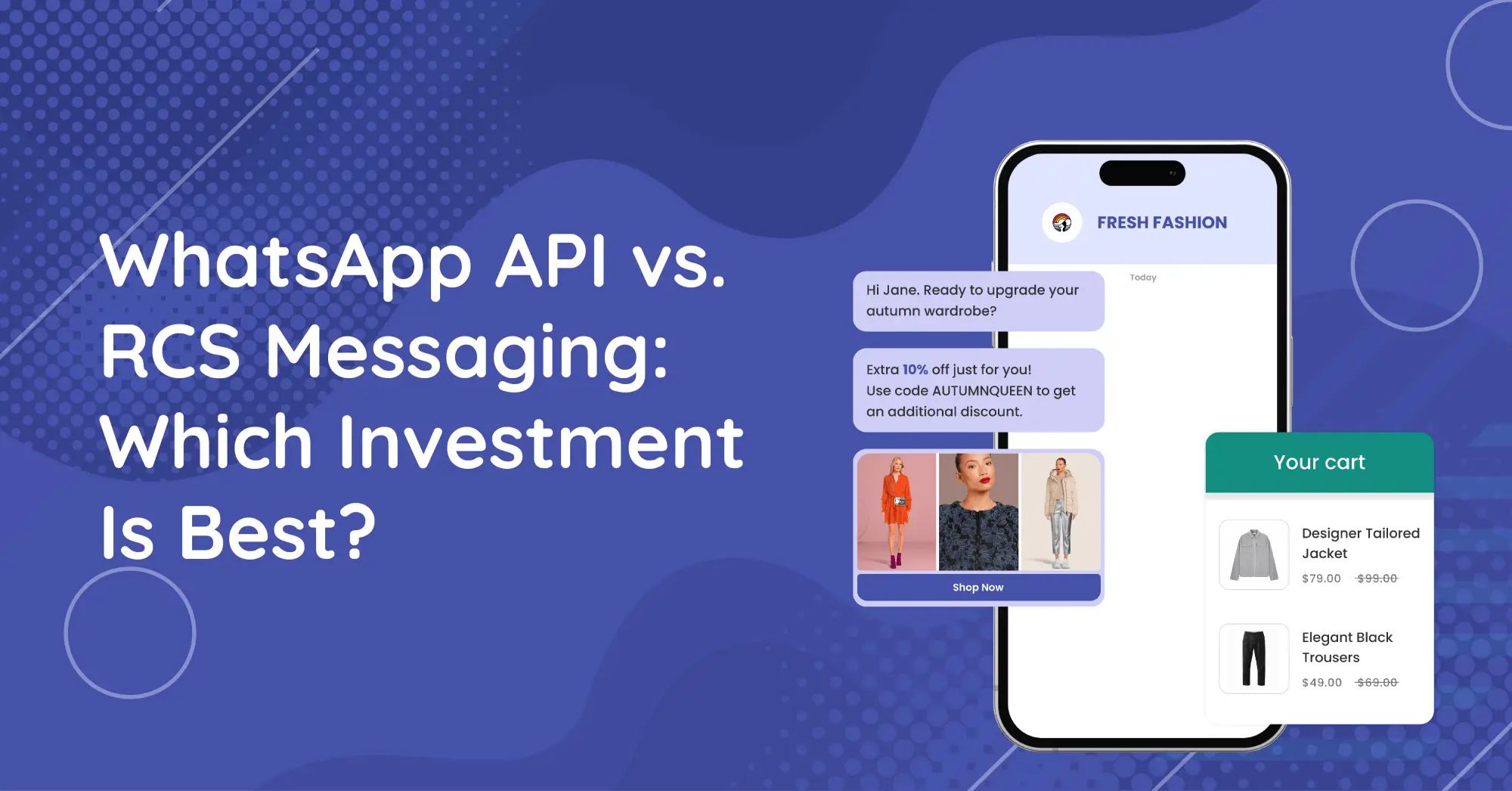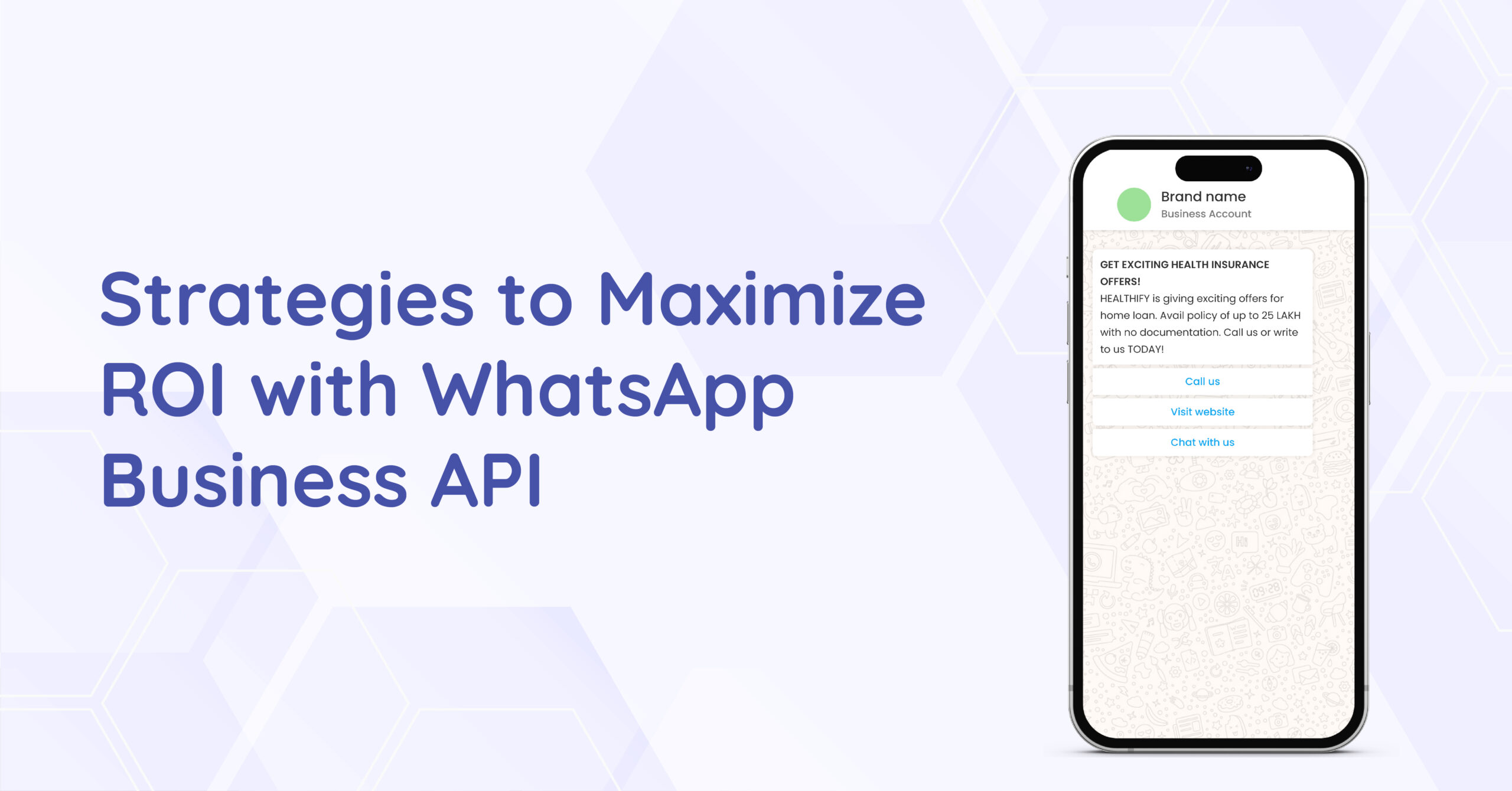WhatsApp has become a game-changer for business communication, with over 2.7 billion active users worldwide. From customer support to sales and marketing, integrating WhatsApp API with your tech stack (CRM, ERP, and marketing automation) can streamline workflows, enhance engagement, and drive revenue.
This guide breaks down why WhatsApp API integration is essential, how it works, and how you can connect it to your existing systems.
Why Integrate WhatsApp API with Your Tech Stack?
Handling WhatsApp messages manually for customer support, sales, and marketing can quickly become overwhelming. Integrating WhatsApp API with CRM, ERP, and marketing automation tools helps you:
- Centralize Communication: Keep all WhatsApp interactions in one dashboard.
- Automate Workflows: Reduce manual work with AI-powered automation.
- Personalize Engagement: Deliver tailored responses based on customer data.
- Send Real-Time Notifications: Instantly update customers on orders, invoices, and support tickets.
- Gain Actionable Insights: Track conversations and analyze customer behavior.
Example: An e-commerce brand integrated WhatsApp API with its CRM to automate order status updates and answer customer FAQs through chatbots. This reduced support inquiries and improved response times significantly.
Integrating WhatsApp API with CRM
A CRM system organizes customer interactions, and integrating it with WhatsApp API provides:
- A centralized log of all WhatsApp conversations.
- Automated lead nurturing via AI-powered chatbots.
- Targeted follow-ups, reminders, and promotional messages.
- Improved team collaboration with real-time customer insights.
How to Connect WhatsApp API with CRM
- Select a WhatsApp Business API provider compatible with your CRM: Choose a provider that integrates easily with your CRM and supports your growth. Make sure it offers stable API connections and relevant features. Test its compatibility with your current system before committing.
- Automate workflows for lead capture and follow-up sequences: Set up automated lead capture and follow-ups to keep prospects engaged. This reduces manual tasks and ensures timely communication. Your CRM will handle it all without extra effort.
- Deploy AI chatbots to handle routine inquiries: Use AI chatbots to respond to FAQs and basic queries. This keeps customer support fast and efficient. Your team can focus on more complex issues.
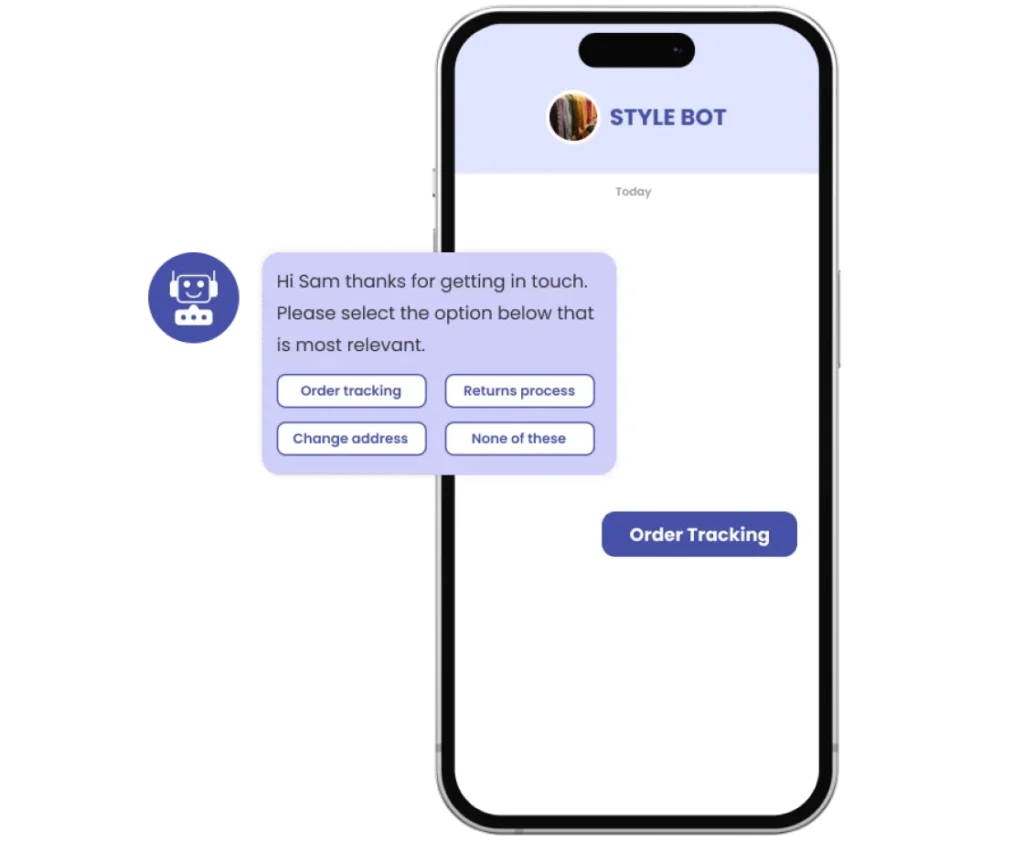
- Analyze interactions to refine engagement strategies: Regularly review WhatsApp conversations for insights. Use data to adjust messaging and improve engagement. Refine your strategy to boost customer satisfaction.
Example: A real estate agency integrated WhatsApp API with HubSpot CRM, allowing them to:
- Automatically log all WhatsApp chats in their CRM.
- Send personalized property recommendations based on customer preferences.
- Trigger automated WhatsApp follow-ups, increasing lead conversion.
Dos and Don’ts of WhatsApp API & CRM Integration
Do: Automate lead follow-ups to prevent lost opportunities.
Do: Sync WhatsApp conversations with CRM for better customer insights.
Don’t: Spam customers with frequent, irrelevant messages.
Don’t: Rely solely on automation—keep human interaction available when needed.
Integrating WhatsApp API with ERP
An Enterprise Resource Planning (ERP) system manages business operations like inventory, supply chain, invoicing, and order processing. Integrating WhatsApp API with ERP helps:
- Send Real-Time Order Updates: Notify customers about order status instantly.
- Improve Vendor Communication: Automate stock alerts for suppliers.
- Streamline Invoicing: Send payment reminders via WhatsApp.
- Reduce Manual Work: Automate data entry and minimize errors.
How to Integrate WhatsApp API with ERP
- Choose an ERP system that supports WhatsApp API (SAP, Oracle, Microsoft Dynamics): Ensure your ERP system can integrate with WhatsApp. Look for systems that support API integrations out of the box. This will reduce implementation time and effort.
- Sync WhatsApp messages with ERP dashboards for real-time tracking: Connect WhatsApp to your ERP for instant updates on orders and inventory. This keeps your team informed and improves efficiency. Real-time tracking also helps in quick decision-making.
- Automate transactional notifications like shipping updates and payment reminders: Set up automated alerts for customers about their orders and payments. This reduces manual follow-ups and keeps customers informed. Automation leads to smoother operations and happier clients.
- Use AI-driven chatbots to handle vendor and customer inquiries: Implement chatbots to handle basic queries from vendors and customers. This improves response time and reduces workload.
Example: A manufacturing company integrated WhatsApp API with SAP ERP to:
- Send automated inventory updates to suppliers.
- Provide instant order tracking to customers.
- Reduce email dependency, cutting response times.
Dos and Don’ts of WhatsApp API & ERP Integration
Do: Automate order and payment notifications to improve efficiency.
Do: Ensure data synchronization between WhatsApp and ERP.
Don’t: Overload customers with unnecessary notifications.
Don’t: Ignore data security—ensure encrypted communication.
Integrating WhatsApp API with Marketing Automation
Marketing automation tools help businesses run campaigns, retarget leads, and personalize communication. With WhatsApp API integration, you can:
- Run Automated Drip Campaigns: Nurture advertising leads with WhatsApp messages by setting up a sequence of scheduled messages based on user behavior. For example, send a welcome message, followed by educational content, and later introduce product offers.
- Send Personalized Promotions: Target offers based on user behavior, such as previous purchases, browsing history, or engagement levels. For instance, if a customer recently viewed a product but didn’t buy it, send them a limited-time discount to encourage conversion.
- Recover Abandoned Carts: Remind users to complete purchases by sending timely WhatsApp notifications about their abandoned carts. Add urgency with phrases like “Your cart is waiting! Complete your purchase before the offer expires.”
- Boost Engagement: WhatsApp messages have a 98% open rate compared to emails, making it an effective channel for customer interaction. Use this to your advantage by sending interactive content like polls, quizzes, or product recommendations.
How to Integrate WhatsApp API with Marketing Automation
- Choose a marketing automation tool like Mailchimp, ActiveCampaign, or HubSpot.
- Set up trigger-based WhatsApp messages (e.g., abandoned cart reminders, post-purchase follow-ups).
- Automate responses to customer inquiries using chatbots.
- Use WhatsApp analytics to refine and optimize campaigns.
Dos and Don’ts of WhatsApp API & Marketing Automation
Do: Personalize campaigns based on customer behavior.
Do: Optimize message frequency to maintain engagement.
Don’t: Use WhatsApp for unsolicited promotions.
Don’t: Ignore customer responses—engage in meaningful conversations.
Things to Keep in Mind When Integrating WhatsApp API
- Choose the Right API Provider: Ensure compatibility with your tech stack by selecting an API provider that integrates with your CRM, ERP, and marketing automation tools. Look for a provider that offers reliable customer support and scalability to grow with your business needs.
- Compliance Matters: Always obtain user consent before sending messages, as privacy laws like GDPR and CCPA require explicit permission for marketing communications. Be transparent about how you plan to use customer data and give users an easy way to opt-out.
- Keep a Human Touch: AI is great for automation, but human interaction remains crucial, especially for complex inquiries or sensitive situations. Ensure your system allows for a seamless transition between chatbots and human agents when necessary.
- Monitor Performance: Regularly track engagement metrics such as open rates, response times, and conversion rates to optimize campaigns. Use this data to refine your messaging strategy, test different approaches, and adapt your campaigns based on what resonates most with your audience.
- Prioritize Security: Use encryption to protect customer data and ensure your WhatsApp communications are secure. Encrypting messages helps prevent unauthorized access and builds customer trust.
Enjoy seamless integration with Techno Core Logic
Integrating WhatsApp API with your tech stack is essential for business efficiency. By automating workflows, personalizing communication, and centralizing data, you can improve customer engagement, save time, and increase revenue.
Let Techno Core Logic help you integrate WhatsApp API into your business for better results. Discover how TCL can help your integration journey and drive impactful growth.

